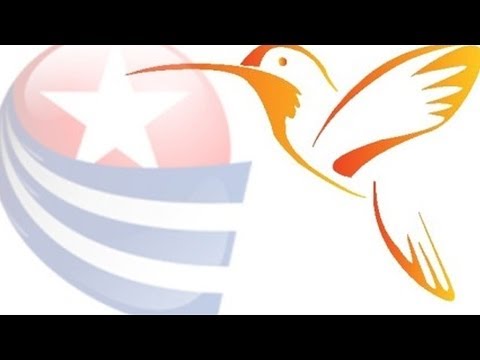“U.S. Secretly Created ‘Cuban Twitter’ to Stir Unrest.” That is the name of an explosive new article by the Associated Press detailing how the U.S. Agency for International Development (USAID) created a fake Twitter program to undermine the Cuban government. The communications network was called “ZunZuneo” — slang for a Cuban hummingbird’s tweet. It was reportedly built with secret shell companies financed through foreign banks. According to AP, the United States planned to use the platform to spread political content that might trigger a Cuban Spring, or, as one USAID document put it, “renegotiate the balance of power between the state and society.” We speak to Peter Kornbluh, director of the Cuba Documentation Project at the National Security Archive. He recently wrote an article in Foreign Policy called “Our Man in Havana: Was USAID Planning to Overthrow Castro?”
Transcript
This is a rush transcript. Copy may not be in its final form.
AMY GOODMAN: “U.S. Secretly Created ‘Cuban Twitter’ to Stir Unrest.” That’s the name of an explosive new exposé by the Associated Press detailing how the U.S. government created a fake Twitter program to undermine the Cuban government. The communications network was called ZunZuneo, slang for a Cuban hummingbird’s tweet. It was reportedly built with secret shell companies financed through foreign banks. The program used cellphone text messaging to circumvent Cuba’s strict Internet restrictions. At its peak, it drew in more than 40,000 Cubans. However, its subscribers were completely unaware they were using a U.S. government program and giving American contractors their private data to potentially use for political purposes. Perhaps most shockingly, the Cuban Twitter program was not paid for and run by a spy agency such as the CIA. Instead, it was the brainchild of USAID, the U.S. Agency for International Development, best known for overseeing billions of dollars in U.S. humanitarian aid.
According to AP, documents show the U.S. government planned to build a subscriber base through “noncontroversial content”—news messages on soccer, on music, on hurricane updates. Later, when the network reached a critical mass of subscribers, operators would introduce political content aimed at inspiring Cubans to organize “smart mobs,” mass gatherings called at a moment’s notice that might trigger a Cuban Spring or, as one USAID document put it, “renegotiate the balance of power between the state and society.” By 2011, USAID was paying tens of thousands of dollars in text messaging fees to Cuba’s telecommunications monopoly routed through a secret bank account and front companies. Then, toward the middle of 2012, the program vanished as mysteriously as it appeared.
On Thursday, White House Press Secretary Jay Carney also defended the USAID’s Cuban Twitter program.
PRESS SECRETARY JAY CARNEY: Suggestions that this was a covert program are wrong. Congress funds democracy programming for Cuba to help empower Cubans to access more information and to strengthen civil society. These appropriations are public, unlike covert action. The money invested has been debated in Congress. In addition, GAO reviewed this program in detail in 2013 and found that it was conducted in accordance with U.S. law and under appropriate oversight controls.
Read the full Transcript at the Democracy Now! site






